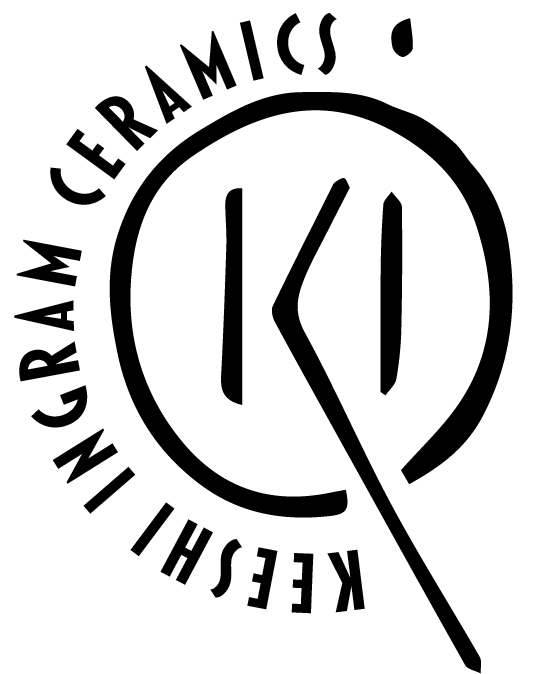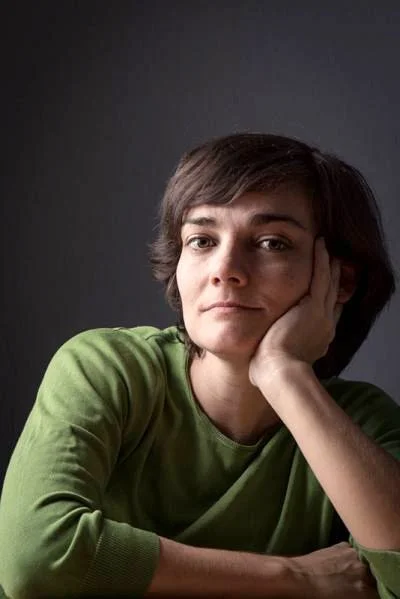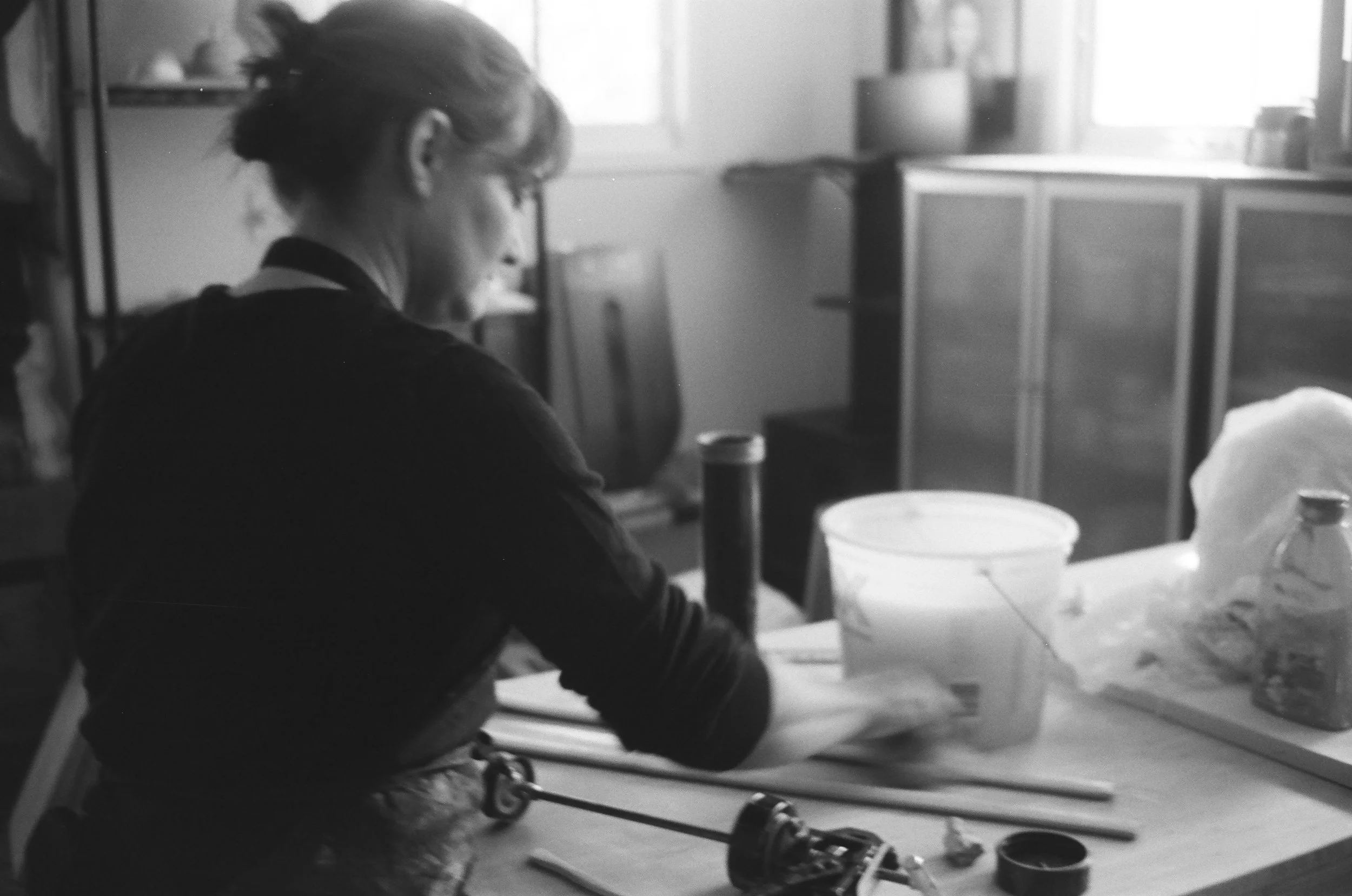Keeshi Ingram is an Austin based ceramics artist. Her work is experimental and self-driven, often incorporating multiple techniques into individual pieces. Since 1998, she has worked in several different mediums, including film and digital photography, painting, landscape architecture, and digital design. In 2017, her work shifted fully to ceramics, and she has spent the last several years developing and refining her skills and artistic vision. While she has experimented with a wide range of ceramics techniques, her work relies on sculpting, mold making, and wheel throwing. While partially self-taught, she has been fortunate to have the opportunity to learn from both local and international ceramics artists. She currently works full-time in her home studio, assisted by her husband and their two cats.
For the Love of Clay : The Evolution of a Ceramic Artist
My journey with clay started with a simple pinch pot. And that is always where I return no matter what else I do. Pinch, pinch, pinch. Paddle, push, feel the clay. Follow the clay. Pinch pots are simple and dynamic, but can grow into complex forms that to me were astonishing. While I was working and learning in a local studio, a teacher pushed me out of my easy comfort of pinching by advising me to get my own kiln because, as she put it, “You are a danger to other potters in the community.” What I made was too big, too unusually shaped - it seemed likely to explode was the verdict, though it never did. So I became the master of my own studio, first a kitchen table, then half the house, forced to learn what it took to run a kiln and be responsible for all my own tools and glazes. Within the public clay space, I shifted to wheelthrowing.
I spent the next year learning to make glazes that I could use in my studio, to test, to let go of failure - all the while throwing, throwing, obsessively throwing. And I became comfortable. But then one day, a friend who I admire told me that all this wheel-thrown work is fine, but it isn’t as exciting and full of energy as the old stuff, even if it is more skillfully executed. I was horrified, but motivated to go back to pushing beyond my comfort zone. I re-dedicated part of my effort to sculpture and kept learning new ways to build, to finish, to fire. In the process, I obsessively gained new skills. I spent a year learning to make molds and eventually my own slip for slipcasting. Then I spent another year learning to sculpt from life, then making and using slip for decorating, then getting stuck again and returning to handbuilding.
I cannot say I am a master at any one of these techniques, but I have come to understand the magic in each one and have gained a deep respect for the skill it requires to do any of them well. For me though, I cannot stay in one box. I am becoming comfortable with the fact that I am driven to learn new things when what I’m doing doesn’t adequately fill the vision I have and that sometimes I get lost in that learning. It takes longer to build a body of work because what I make changes so much, but gradually it is coming together and I can see that there is one voice emerging, my voice - a mash up that I recognize as my own.



